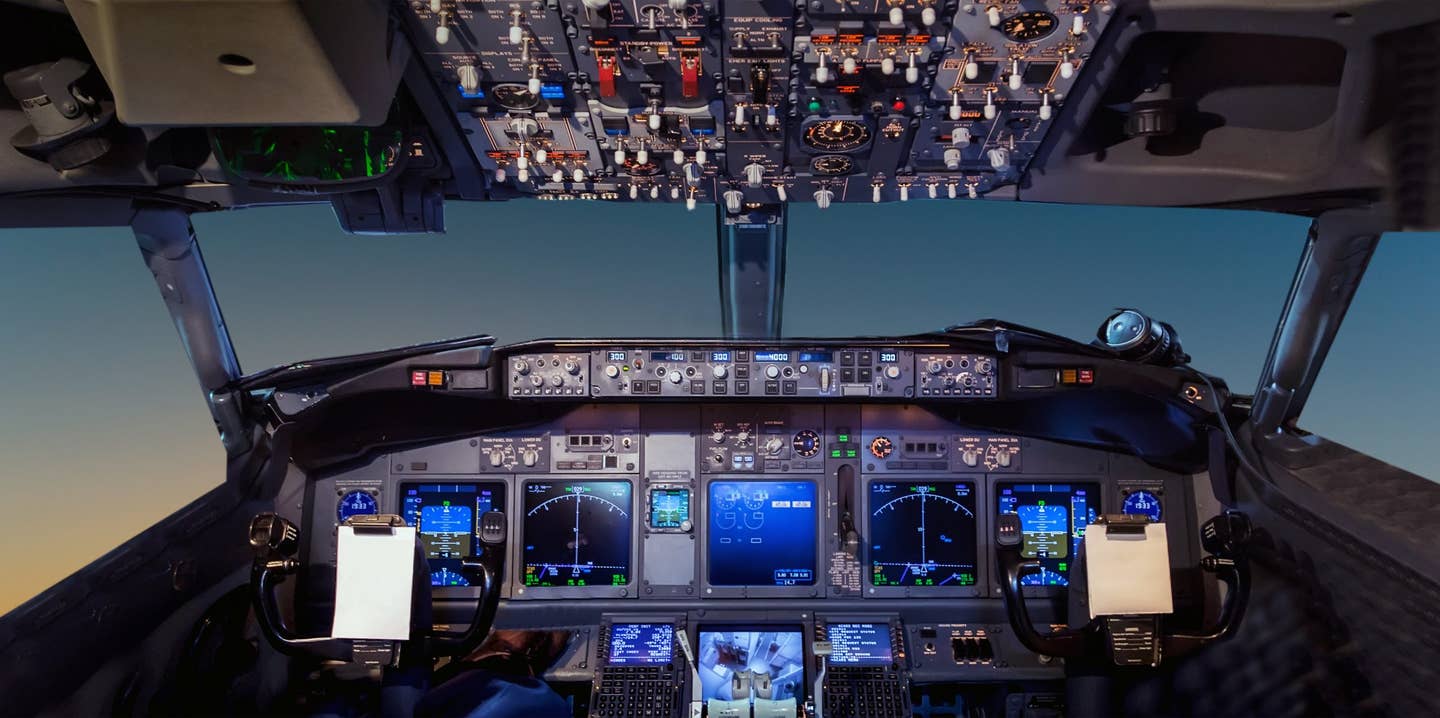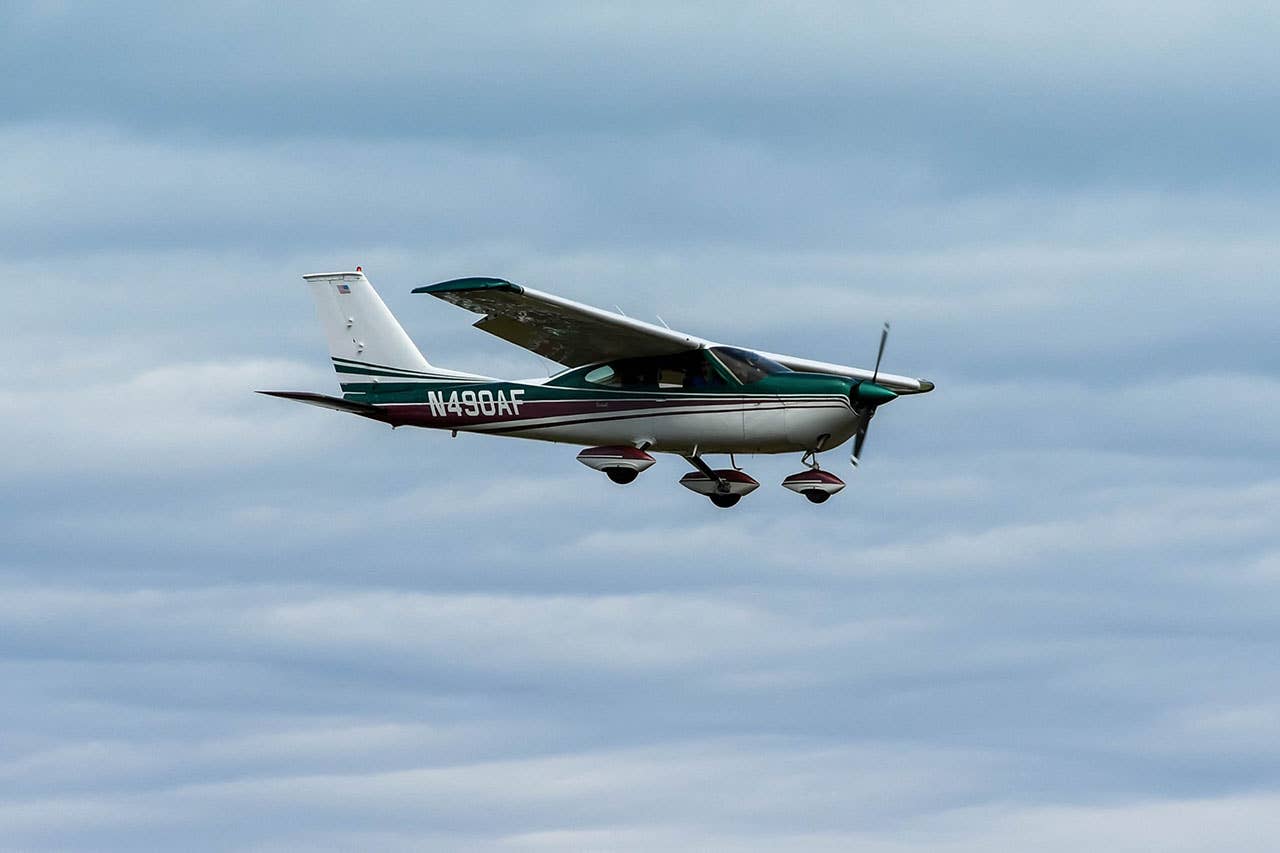How To Transition To A Bigger, Faster Plane
Mastering faster, higher-flying and more capable aircraft can be done!

What do newly minted private pilots and experienced test pilots---you know, those folks with the Right Stuff---have in common? Both look forward to testing their skills by flying faster and more challenging aircraft. Students in the world's elite Test Pilot schools are expected to analyze and fly a wide variety of different aircraft before they graduate to develop safe procedures for approaching the newest experimental aircraft.
In the world of the private pilot, unless the aircraft in question has a tailwheel, more than 200 horsepower or retractable gear, the FAA has little problem with a pilot hopping from plane to plane. However, not all fixed-gear singles are created equal. In recognition of this fact, insurance companies generally call the tune on requirements for renting, owning and flying different types of aircraft. However, it was not always this way!
During World War II, the Women's Air Service Pilots (WASP) and the RAF Ferry Command pilots made an artform out of transitioning from bomber to fighter to transport with little more than a set of pass-on notes and a quick cockpit familiarization. These abbreviated training encounters gave rise to the saying, "turn on the shiny switches, don't touch the rusty ones, and grab the red or yellow handles in an emergency." Flash forward to today, and these types of experiences, some good and some not so good, led to the excellent formalized aircraft type rating training programs we see today in commercial and military aviation.
However, in the absence of a formalized program, how might a new pilot make the leap from a 100-knot two-seat trainer to a technically advanced, sophisticated cross-country machine? Our test pilot friends might provide some tips. They routinely size up a new aircraft and successfully fly them the first time. Maybe we can learn a thing or two from these pros as we transition to heavier, faster and more capable airplanes?
First, Get In The POH!
Surprise: All high-wing Cessnas are not created equal! While it may be tempting to simply meet your CFI, chat about the new aircraft, then fly a few patterns, it is not enough. General aviation aircraft have become increasingly more complex as the years have gone by. For example, a pilot who learned to fly in a 1970 vintage Cessna 172 that sported three fuel sump drains will be surprised to learn that the 2021 model has no fewer than 13 sump drains (three on the belly and five each per wing). The leap in technology and aerodynamics for the low-time pilot making the transition from a legacy Piper Cherokee or Cessna 150 to a crisp new Cirrus SR20 is quite substantial.
So, just like the budding Chuck Yeager types do out at Edwards Air Force Base, before we strap on that new SR 20, we should make it our business to become familiar with each of its major systems, including fuel, electrics, hydraulics, flight controls and the myriad of other elements that make up a modern general aviation airplane. This includes organizing or committing to memory the vital limitations, normal and especially emergency procedures for the new aircraft. Only then is it time to step to the airplane.
Take In The Big Aerodynamic Picture!
Before the first flight, test pilots perform a detailed analysis of the aerodynamics, looking for clues as to how the new ship will handle. Not to worry; no calculus required for us down here in general aviation land! However, a private pilot's first preflight should include a visual analysis to study the major design features. For example, a pilot who learned to fly an older low-aspect "Hershey Bar" winged Piper 140 or 180 knows that pulling the power to idle on final is akin to pressing the button labeled "LOBBY" in an elevator. On the other hand, a Diamond DA40's major distinguishing feature is its glider-like high-aspect ratio wing. Fail to reduce the power appropriately in the Diamond, and the unwary new pilot is likely to float the length of the runway.
Similarly, a look at the tailfeathers also give away the aircraft's flight characteristics. For example, every Cessna single, with the exception of the C 177 Cardinal, has a conventional elevator. Hmmm, why is that? A closer look reveals that the Cardinal's designers chose a symmetric stabilator to offset the design, which places both front-seat occupants forward of the wing spar. This configuration provides excellent visibility but requires more elevator power to lift the nose during landing. The designers of the Beechcraft Sundowner, another nose-heavy design, took this a step further by designing a stabilator that is an upside-down airfoil. With two onboard and full tanks, the Sundowner can require ballast in the baggage compartment to remain within acceptable CG limits. Both these aircraft are delight to own and to fly, but like so many other designs, they need to be understood before the first flight.
Finally, the aerodynamically clean designs of the modern travel machines make descents a challenge. Point the nose downhill in a Cirrus SR20/22, Diamond DA40, Cessna TTX or any late-model Mooney retractable, and you will find out what a challenge it can be to maintain healthy cylinder-head temperatures while attempting to follow ATC descent instructions. These aircraft will slow down or go down, just not at the same time!
When Should We Fly In The Weather?
Test pilots make a point of expanding a new aircraft's envelope incrementally. This approach applies equally well to flying with new instrument configurations. Flying actual instruments in a new-to-you aircraft type is a call that should be based on each pilot's comfort level and experience. The instrument rating is one size fits all. However, those who have trained in glass cockpit aircraft will soon figure out that transitioning to an older round-dial instrument panel is a significant challenge. A few hours of backup instrument training may not be enough to offset the loss of situational awareness inherent in the trusty sixpack. Thankfully, going from older conventional instruments to glass cockpits is a bit more intuitive. Yet even here, mastering the menus and button-pushing sequences are a significant drain on time and situational awareness. Expanding your IFR envelope by practicing IFR procedures in day VFR conditions before you start poking your nose in the clouds may be the answer.
Pick The Right CFI For The Job!
Yeager was selected to break the sound barrier in the Bell X-1 because he was the right pilot for the job! We should take the same care in choosing who checks us out in a new bird. Thankfully, there is some significant help in this department. Type clubs like the American Beechcraft Society (ABS), Cessna Pilots or Cirrus Owners and Pilots (COPA) can help. Those groups, along with some manufacturers, offer excellent formal training programs.
If you go with a local CFI, ideally, they should have a significant number of hours and experience in the type. Making the leap from a Piper Warrior into a Cirrus SR22 is quite a jump, and you deserve the best instruction you can get. When you find the right CFI, please note that the FAA publishes an excellent advisory circular, AC 90-109A, "Transition to Unfamiliar Aircraft," which is a fine resource for you and your instructor to devise a training program that fits your needs and requirements.
First Learned Is Best Learned!
The law of primacy says that "first learned is best learned." As you begin to establish your proficiency in a newer, more capable plane, make sure you get the most out of your training. Just like the test pilots of old used to do, get your head in the books early, understand the aerodynamic quirks of the bird, and spend the time to get comfortable with the new high-tech flight displays. Finally, find that CFI with the "Right Stuff" who can give you the best training for your new bird. Fly safe!
Do you want more pro tips? Check out "Deadly Attitudes: Know How To Spot Risky Thinking"

Subscribe to Our Newsletter
Get the latest Plane & Pilot Magazine stories delivered directly to your inbox






